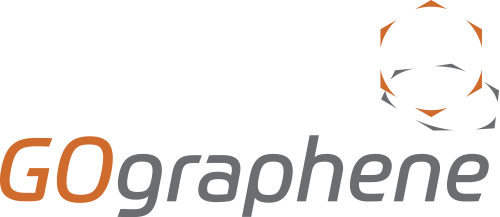Want to stay up to date with the latest GOgraphene news?
Did you know that the GOgraphene team publish new entries on their site at least once a fortnight?
The GOgraphene team releases articles on their website at regular intervals, with articles written on a variety of topics related to graphene oxide and GOgraphene. Previous posts have included new product launch announcements, release of new analytical data and recent research in the field. The topics written about are always chosen because they are of interest to the GOgraphene team, who are materials researchers themselves.
The research topics covered are purposefully diverse to illustrate the breadth of applications which graphene oxide could be used in. A recent article looked at the use of graphene oxide in antibacterial coatings while another was dedicated to a recent paper on the use of graphene oxide as a flame retardant. The team will continue building the number and variety of posts about graphene oxide research; if there is a specific paper or research topic you think one of our team should read about please let us know.
To stay up-to-date with all the latest GOgraphene news, both product information and interesting application based publications, why not follow GOgraphene on one of our social media channels? All updates to the site are announced via Facebook, Google+, LinkedIn and Twitter.
